

Kotor
Montenegro
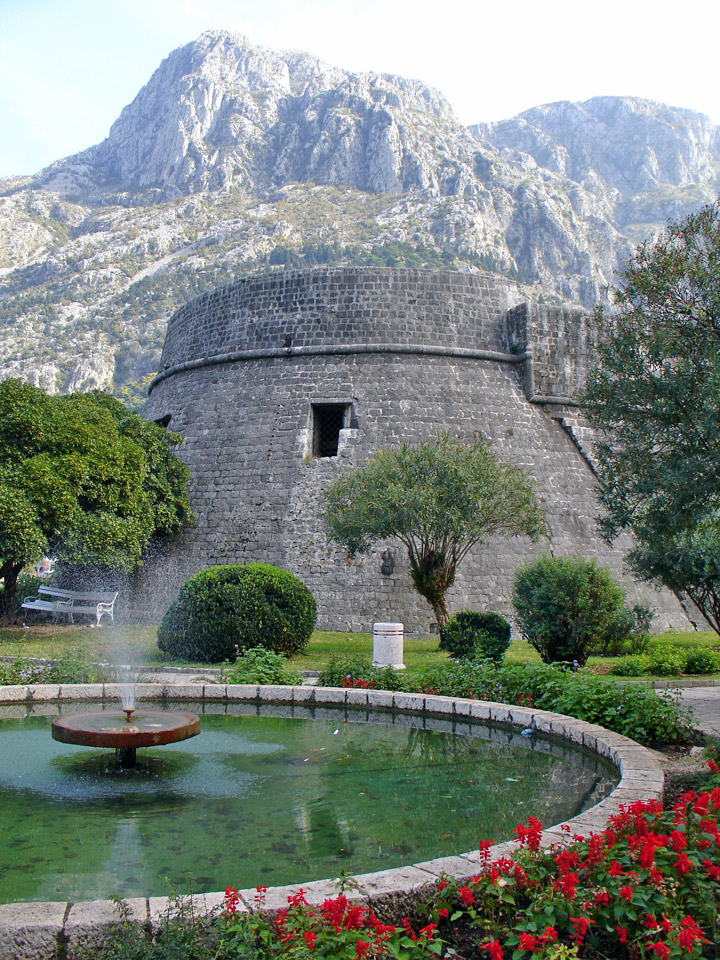
Kotor
Located along one of Montenegro's
most beautiful bays is Kotor, a city of traders and famous sailors, with many
stories to tell.
The Old City of Kotor is a well preserved urbanisation typical of the Middle
Ages, built between the 12th and 14th century. Medieval architecture and
numerous monuments of cultural heritage have made Kotor an UNESCO listed “World
Natural and Historical Heritage Site". Through the entire city the buildings are
criss-crossed with narrow streets and squares. At one of them there is the
Cathedral of Sveti Tripun , a monument of Roman culture and one of the most
recognisable symbols of the city. The Church of Sveti Luka (13th century),
Church Sveta Ana (12th century) Church Sveta Marija (13th century), Church Gospe
od Zdravlja (15th century), the Prince’s Palace (17th century) and the Napoleon
Theatre (19th century) are all treasures that are part of the rich heritage of
Kotor. Carnivals and fiestas are organized each year to give additional charm to
this most beautiful city of the Montenegrin littoral.
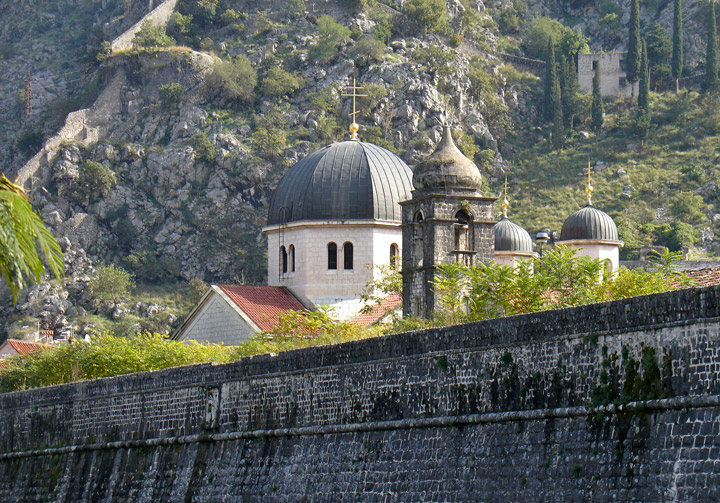
Orthodox church within the city walls
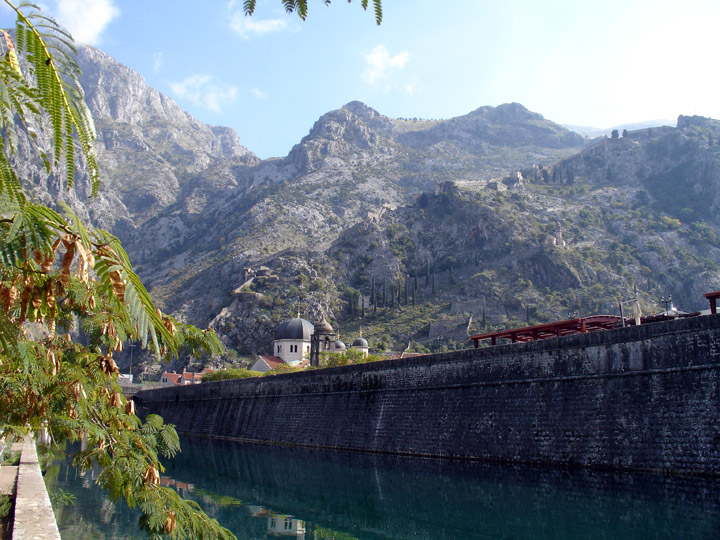
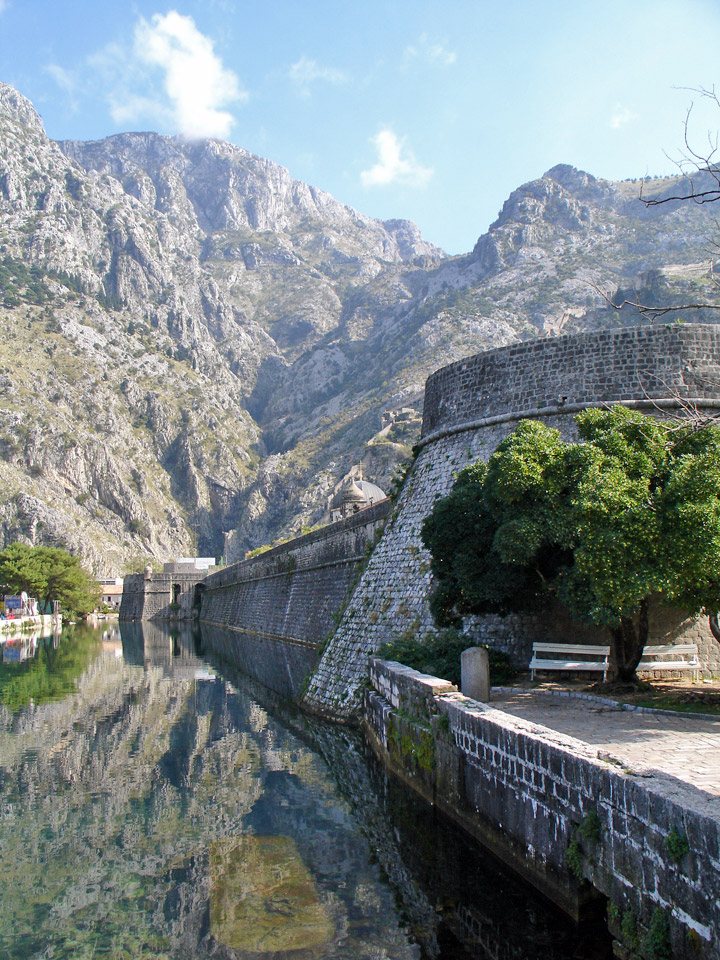
moat along the city wall
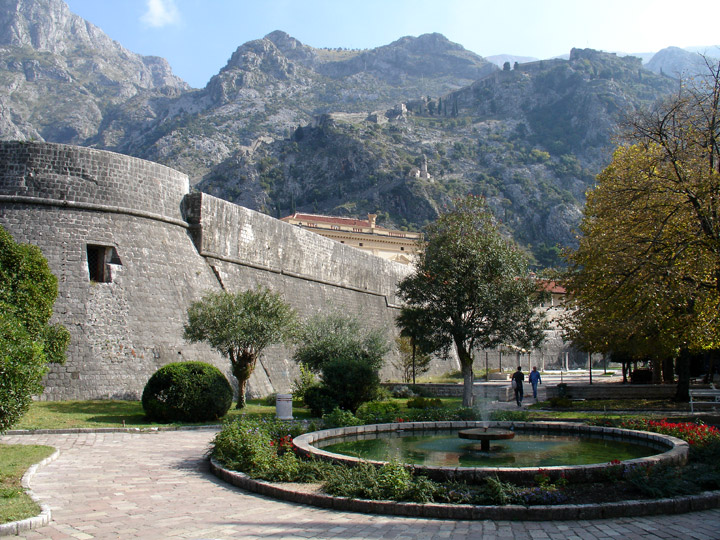
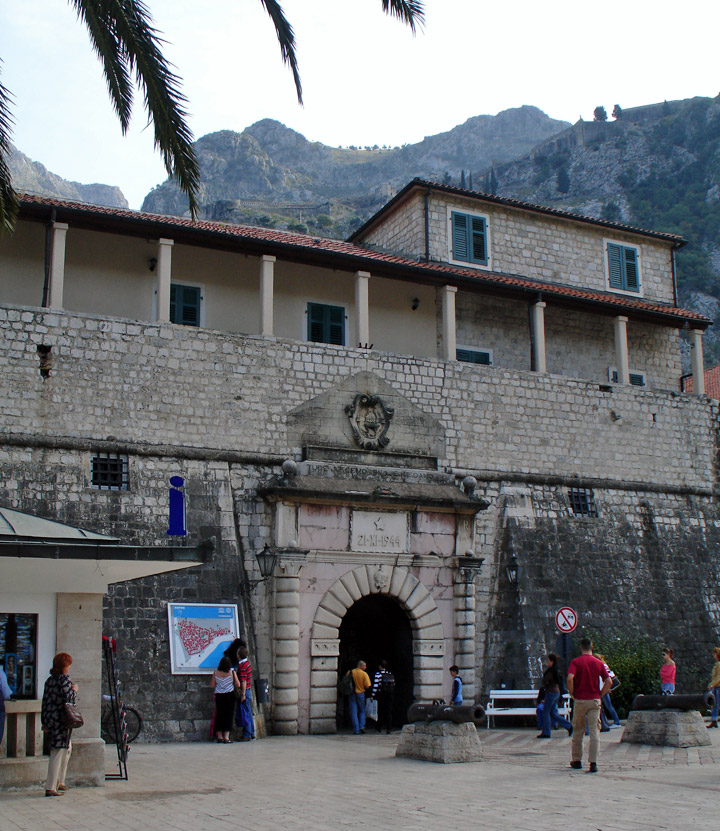
entrance into the walled city
Kotor, first mentioned in 168 BC, was settled during Ancient Roman times, when it was known as Acruvium, Ascrivium, or Ascruvium and was part of the Roman province of Dalmatia.
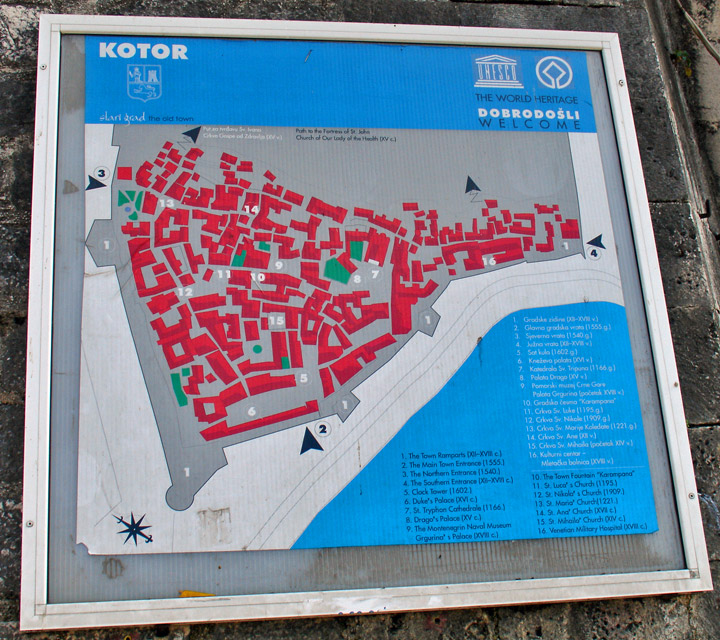
Kotor has been fortified since the early Middle Ages, when Emperor Justinian
built a fortress above Ascrivium in AD 535, after expelling the Goths, and a
second town probably grew up on the heights round it, for Constantine
Porphyrogenitus, in the 10th century, alludes to Lower Cattaro. The city was
plundered by the Saracens in 840.
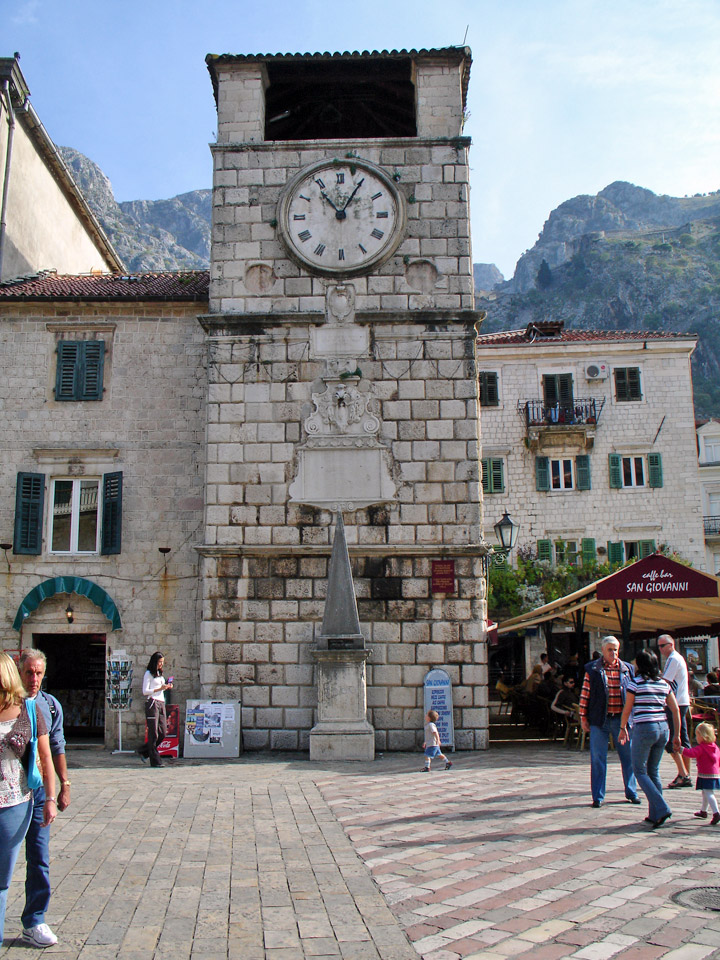
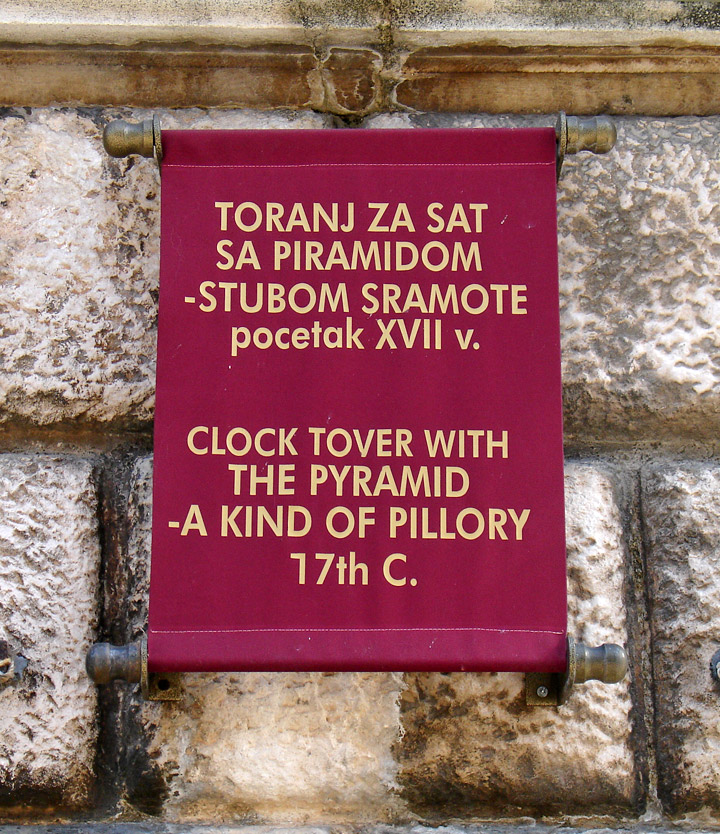
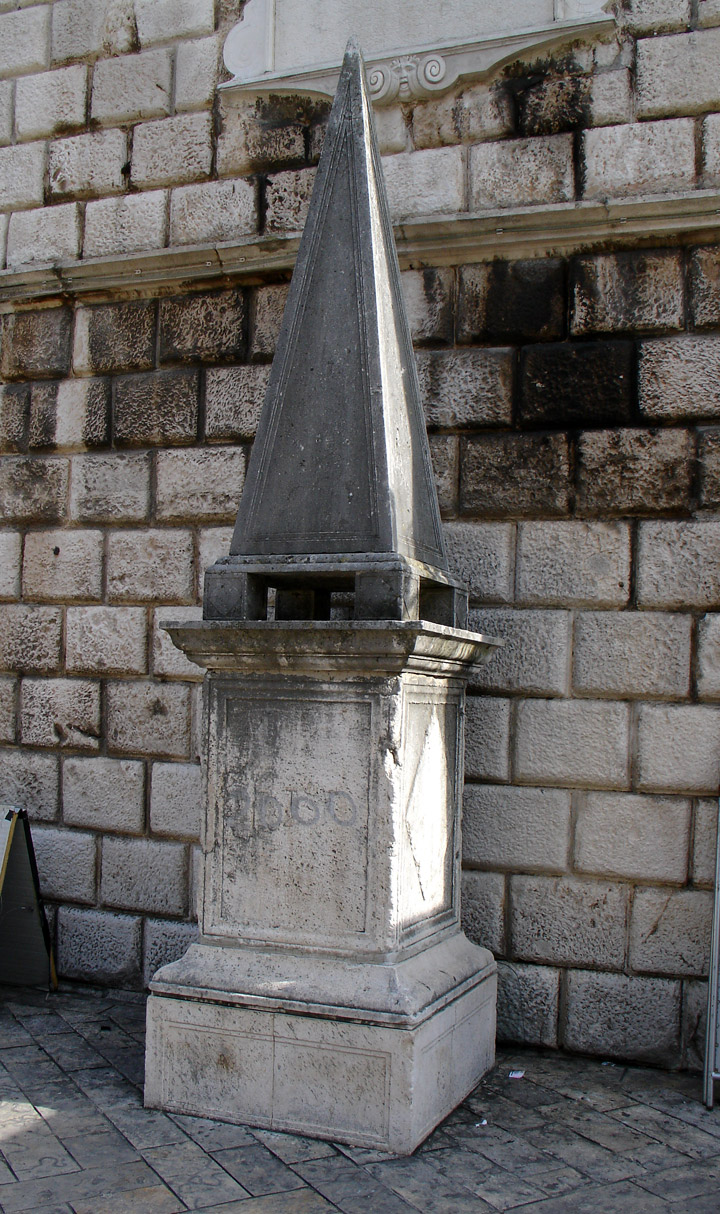
the pyramid
In 1002, the city suffered damage under occupation of the First Bulgarian Empire, and in the following year it was ceded to Serbia by the Bulgarian Tsar Samuil, but the locals revolted, in alliance with Ragusa (Dubrovnik), and only submitted in 1184, as a protected state, preserving intact its republican institutions, and its right to conclude treaties and engage in war. It was already an episcopal see, and, in the 13th century, Dominican and Franciscan monasteries were established to check the spread of Bogomilism. In 1185, on his campaign to annex Zeta, Serbian Duke Stefan Nemanja entered Kotor triumphantly which surrendered to him peacefully. He spared the City and built in it an impressive Chateu.
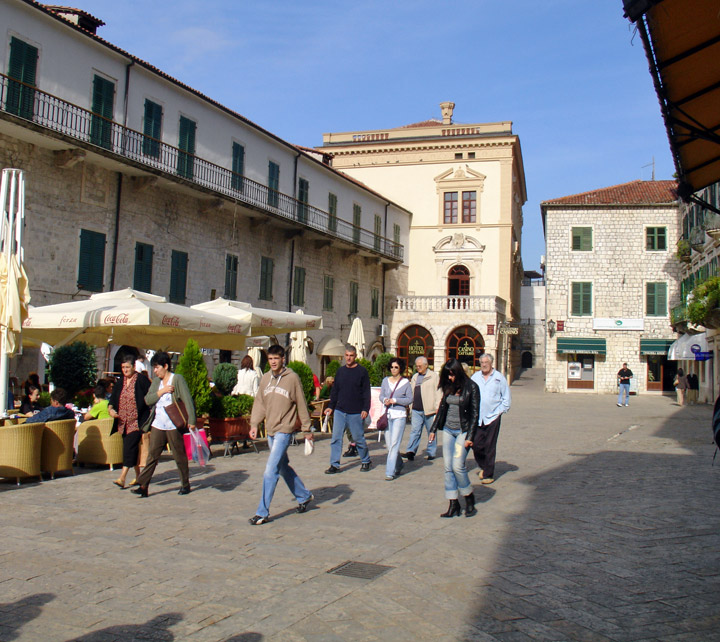
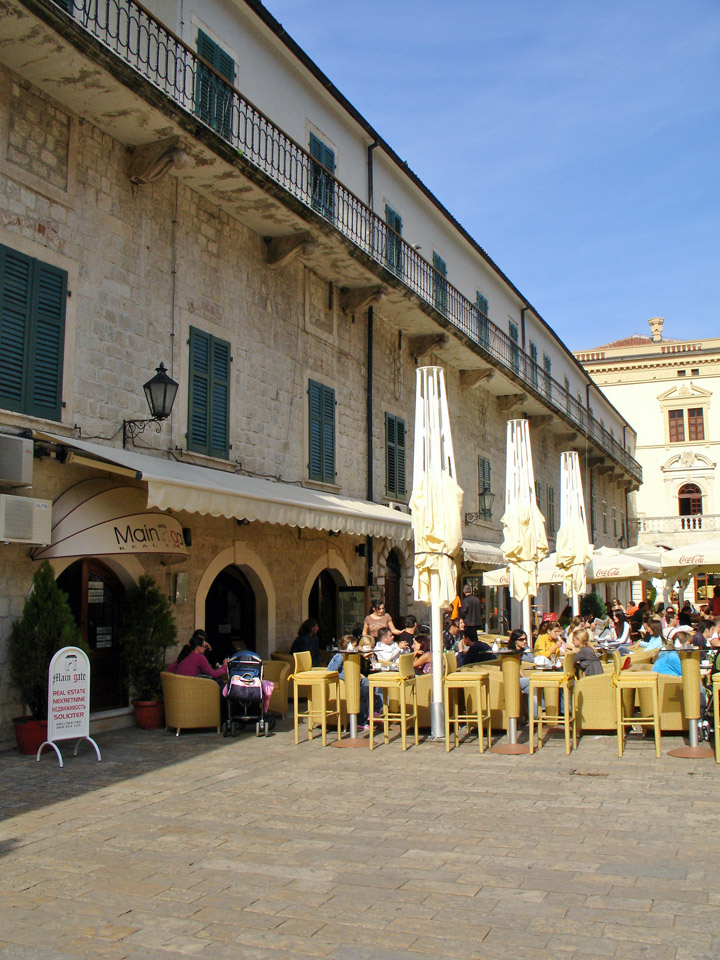
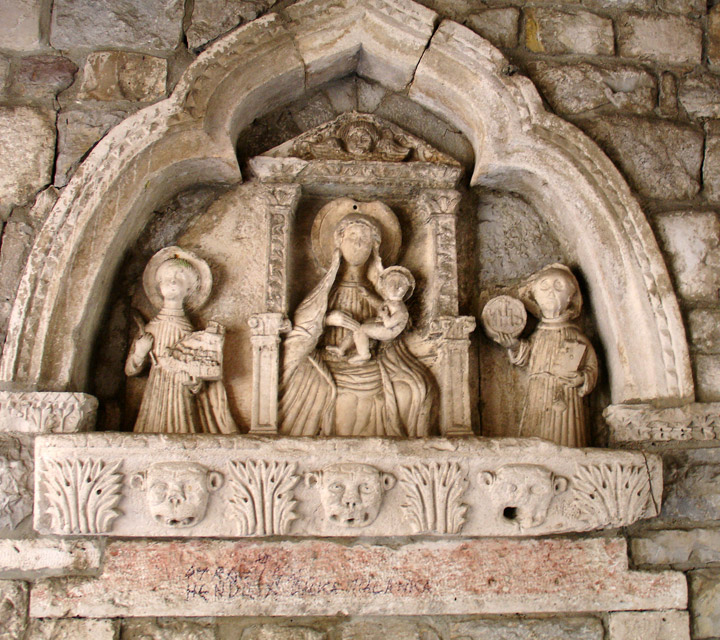
In the 14th century the commerce of Cattaro, as the city was then called,
rivalled that of the nearby Republic of Ragusa, and provoked the jealousy of
Venice. The downfall of Serbia in 1389 left the city without a guardian, and,
after being seized and abandoned by the Republic of Venice and Kingdom of
Hungary in turn, it passed under Venetian rule in 1420.
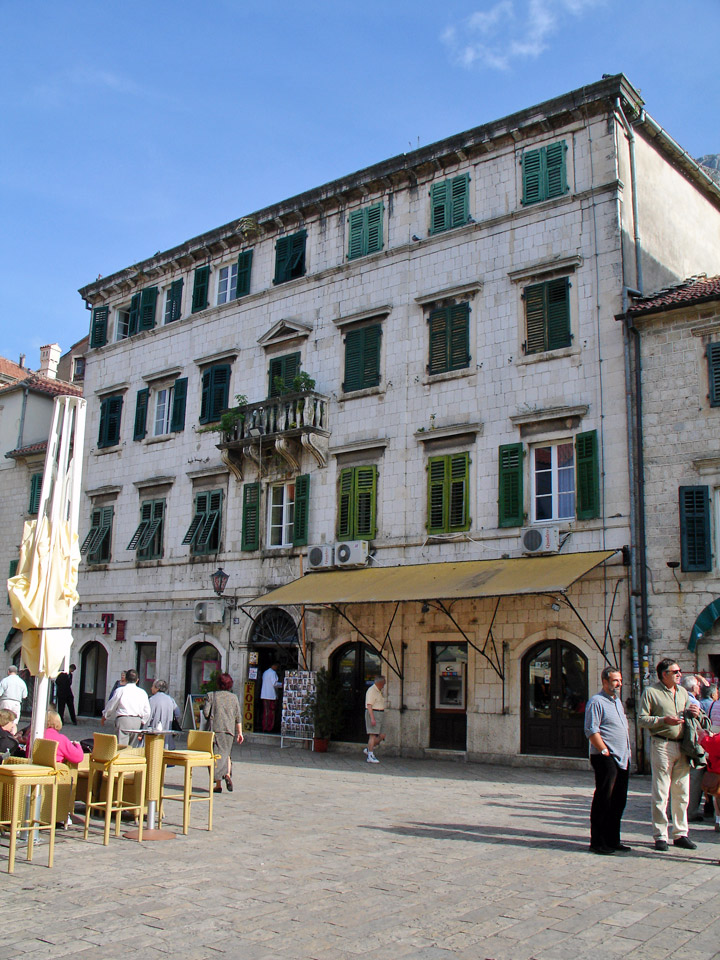
Palace of a Prince
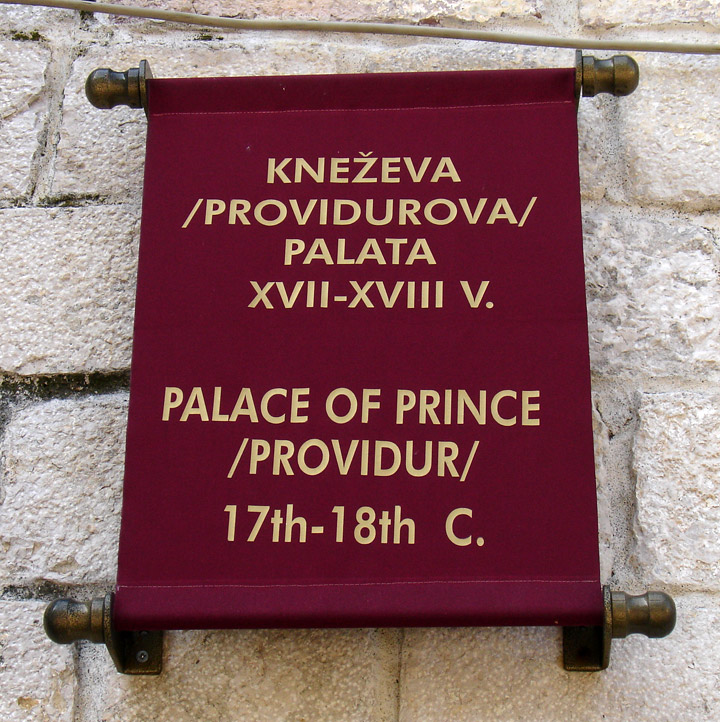
Kotor was besieged by the Ottoman Empire in 1538 and 1657, visited by the plague
in 1572, and nearly destroyed by earthquakes in 1563 and 1667. Under the Treaty
of Campo Formio in 1797, it passed to the Habsburg Monarchy, but in 1805, by the
Treaty of Pressburg, it was assigned to the French Empire's client state, the
Kingdom of Italy, although in fact held by a Russian squadron under Dmitry
Senyavin. After the Russians retreated, Kotor was united in 1810 with the French
Empire's Illyrian Provinces.
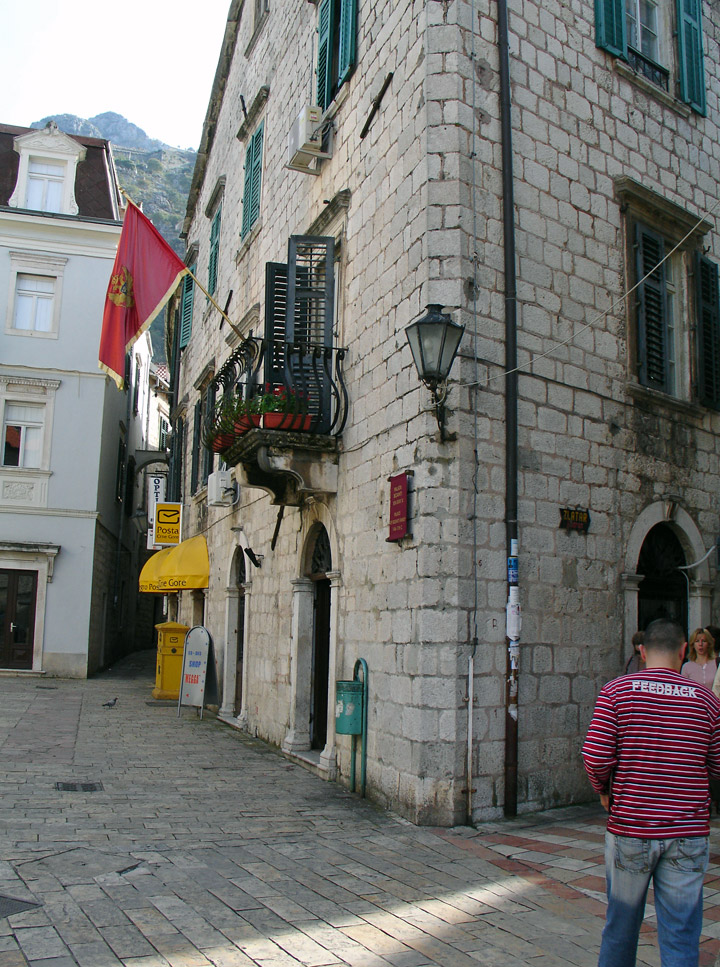
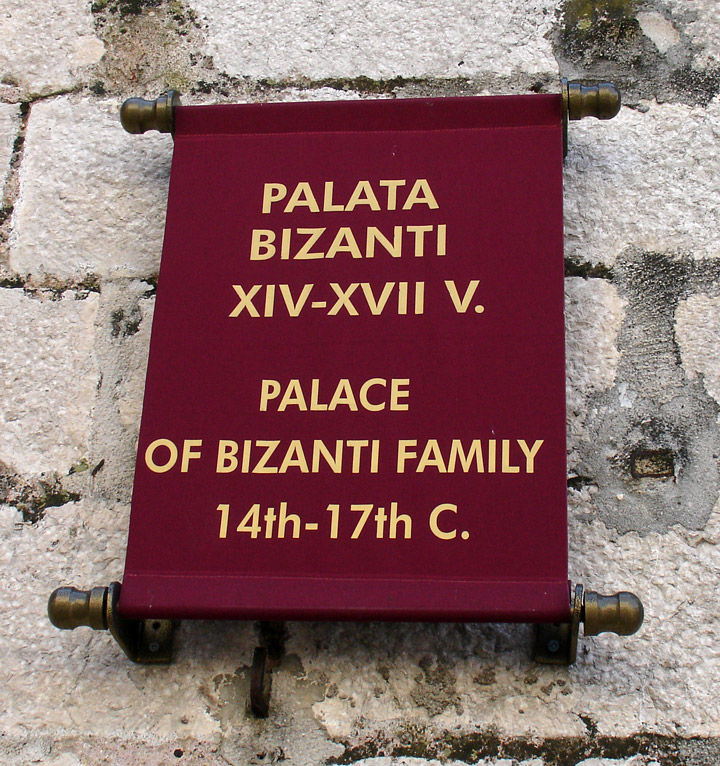
In 1814 it was restored to the new Austrian Empire by the Congress of Vienna. In
1838, The Palace of the Serbian Gathering was built in Kotor as a three-story
house as well as the Serbian Library. The following 1839, the Serbian Vocal
Society Unity (Jedinstvo) was founded. In 1848, the Serbian People's School
under the jurisdiction of the Eastern Orthodox Church was founded in Kotor. The
Serbian Library became the Slavic Library in 1849 to attract local Croats,
Slovenians and Czechs. In 1854, the Serbian Memorial Music School was built, in
1862 the Serbian National Guard; in 1868 the Serbian National Charity Society
Saint George; in 1869 the Serbian Orthodox School, while the Serbian Orthodox
Episcopate was established in Kotor in 1870 and the Schematism of the Serbian
Orthodox Diocese of Boka Kotorska and Dubrovnik was first printed in Kotor, in
1874. The attempt to enforce compulsory military service, made and abandoned in
1869, but finally successful in 1881, led to two short-lived revolts among the
people of Krivošije on the western branch of mount Orjen, during which Kotor was
the Austrian headquarters. In 1893 the Serbian Memorial Women Primary School was
opened; in 1895 the Serbian Tamburitza Orchestra; in 1897 the Serbian Music; in
1899 the Serbian Workers' Cooperative; in 1901 the Serbian Credit Union. In 1903
the Unity was cancelled as it joined the Union of Serbian Vocal Societies. The
Serbian Falcon Society was founded in Kotor in 1910. In 1912, a massive
celebration was held to mark the 50th anniversary of the founding of the Serbian
National Guard in Kotor.
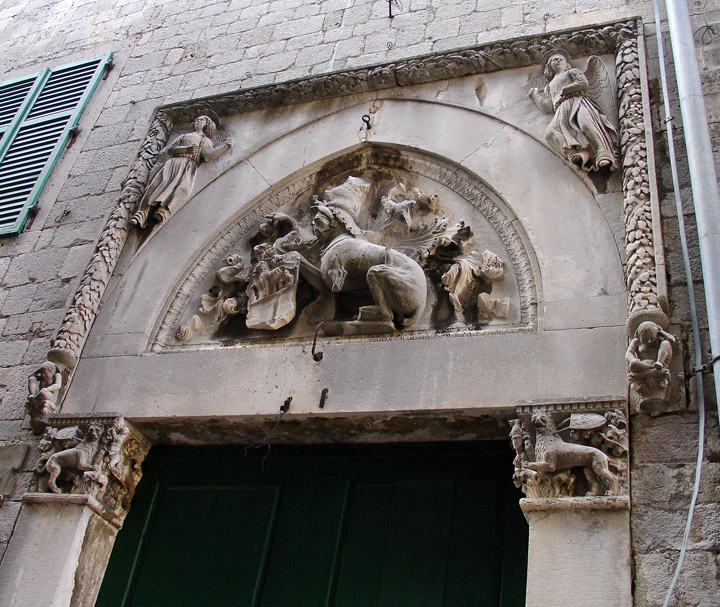
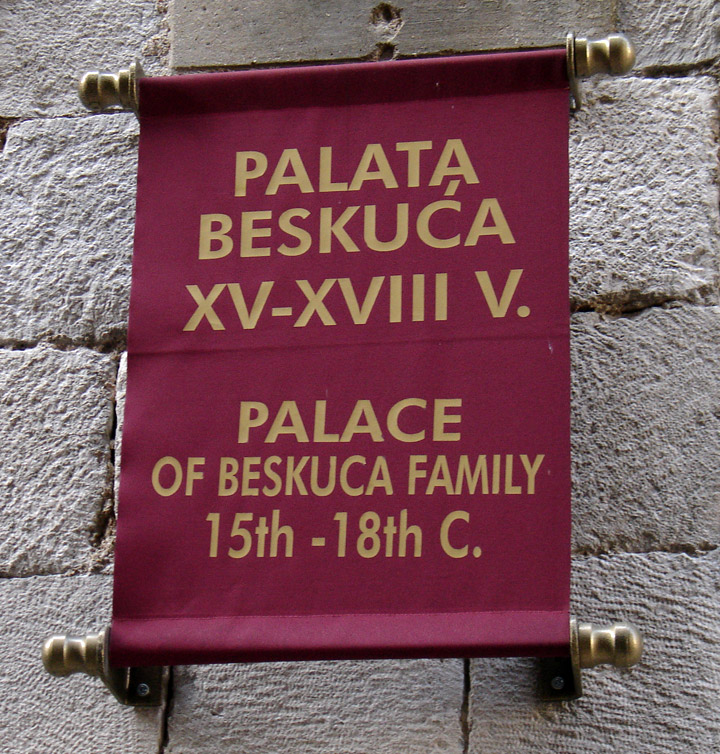
In World War I, Kotor was the site of some of the fiercest battles between local
Montenegrin Slavs, and Austria-Hungary. After 1918, Kotor became a part of
Yugoslavia and became known as Kotor. After 1945, it became a part of the then
Socialist Republic of Montenegro within Yugoslavia's second incarnation.
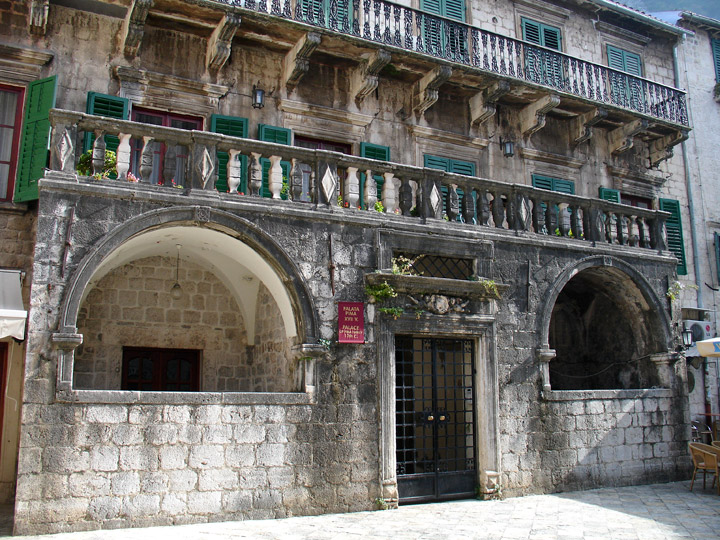

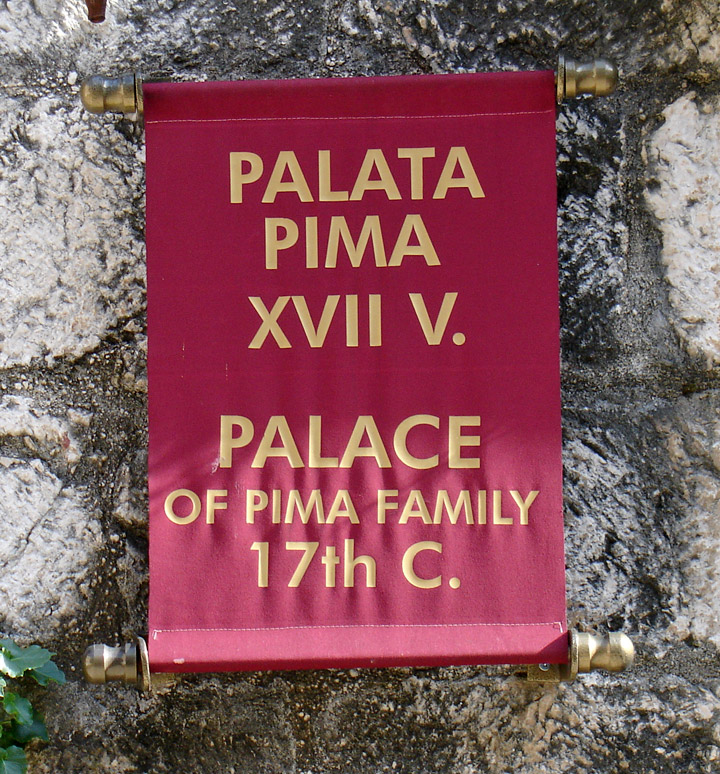
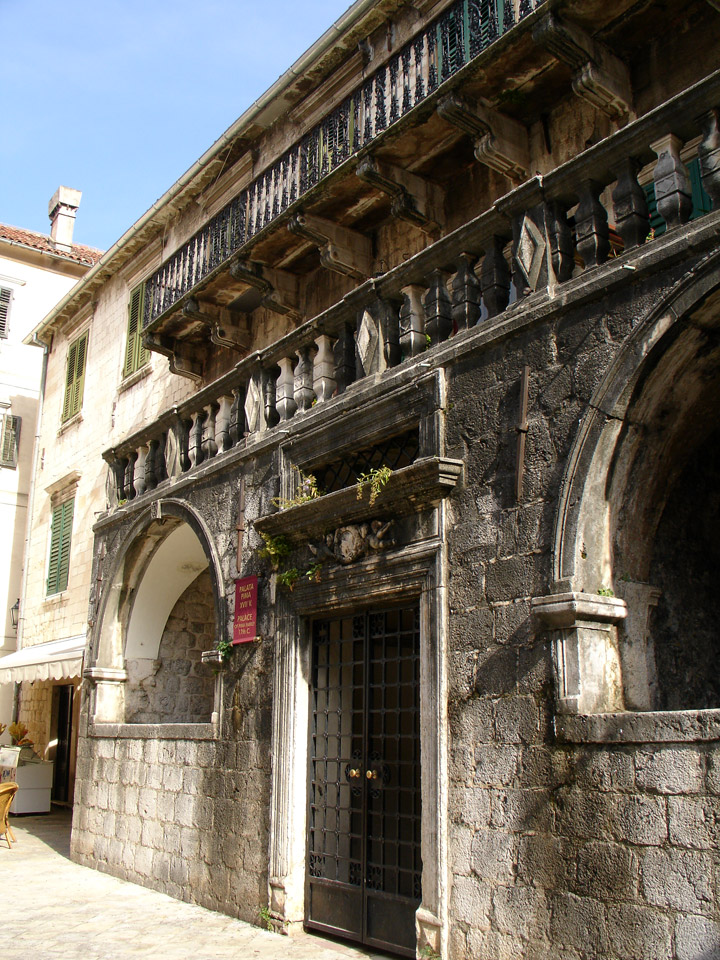
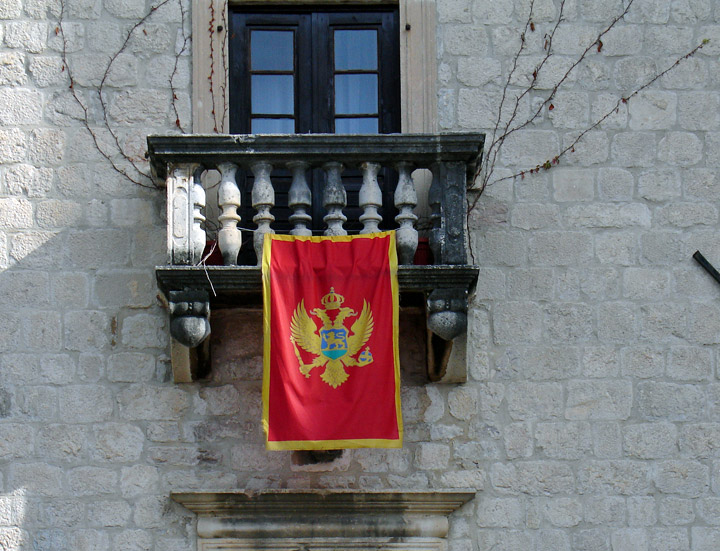
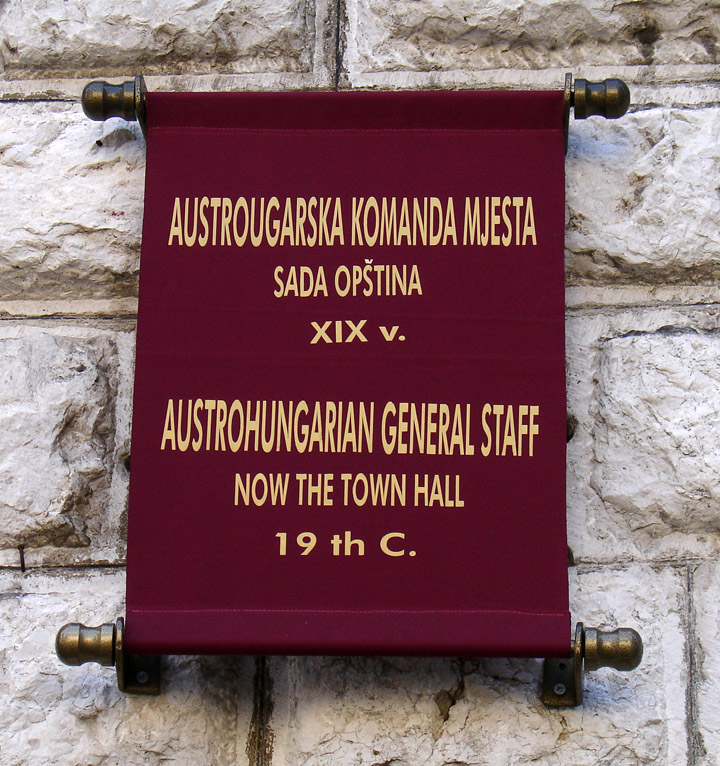
Up until the beginning of the 20th century, Catholics constituted the majority
in Kotor as well as in other places around the Gulf of Kotor (the other major
ethnic groups in those years were the Serbs and the Italians).
Text from Wikipedia

the cathedral
Kotor is still the seat of the Croatian Catholic Bishopric of Kotor, which
covers the entire gulf.
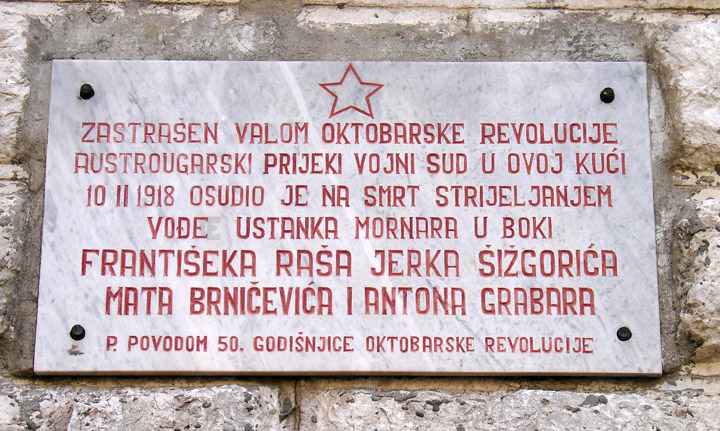
memorial to the October revolution

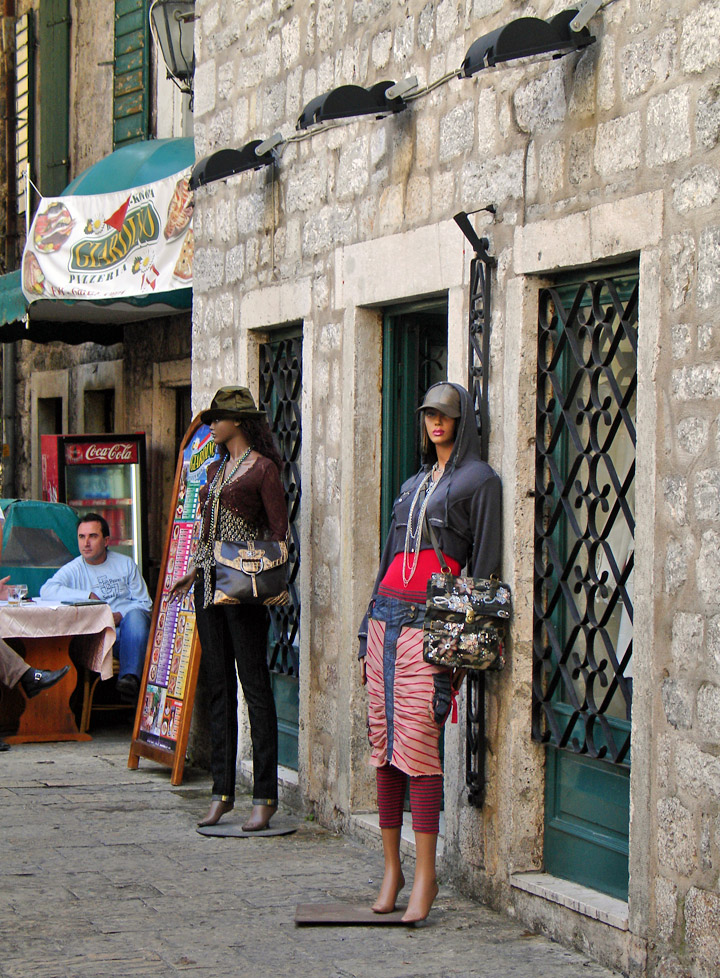
shopping street
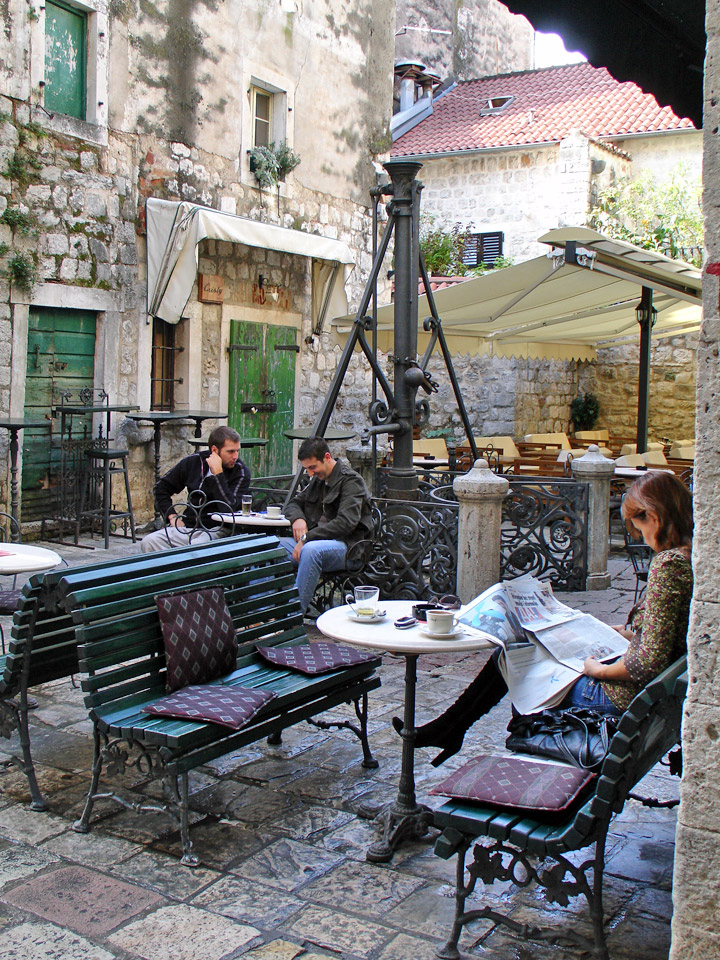
cafe at the well


Serbian Orthodox church
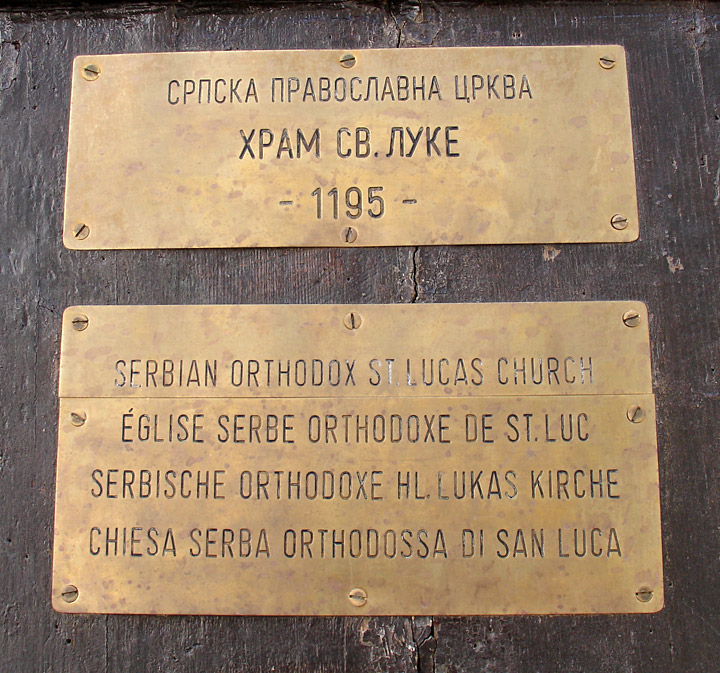
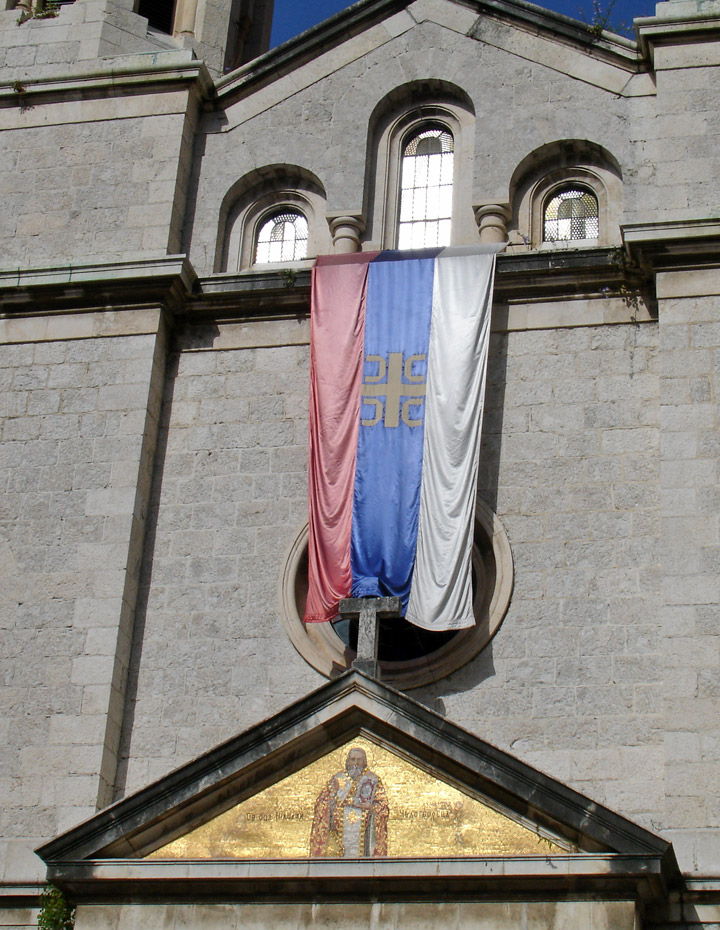
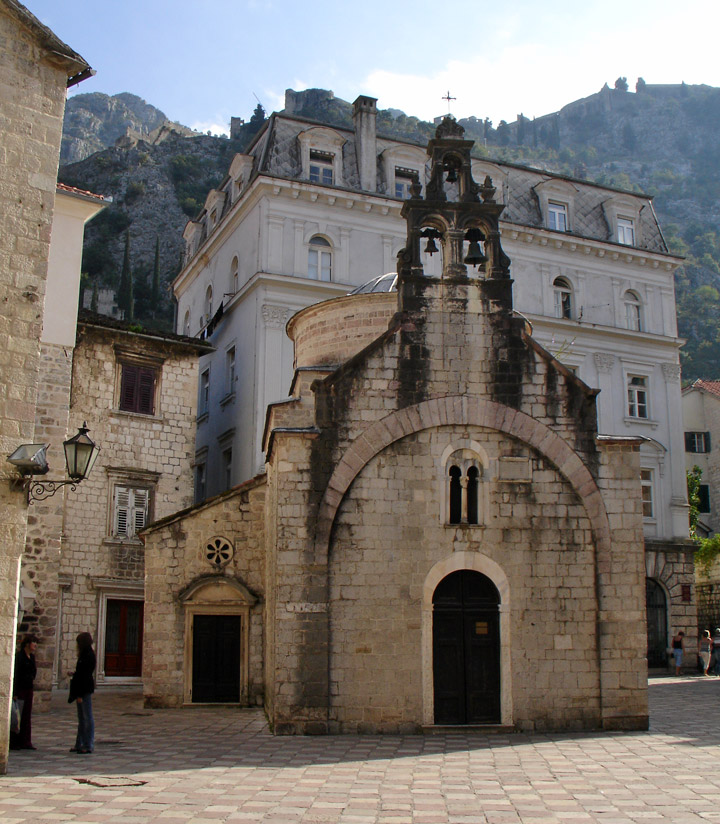
Catholic chapel
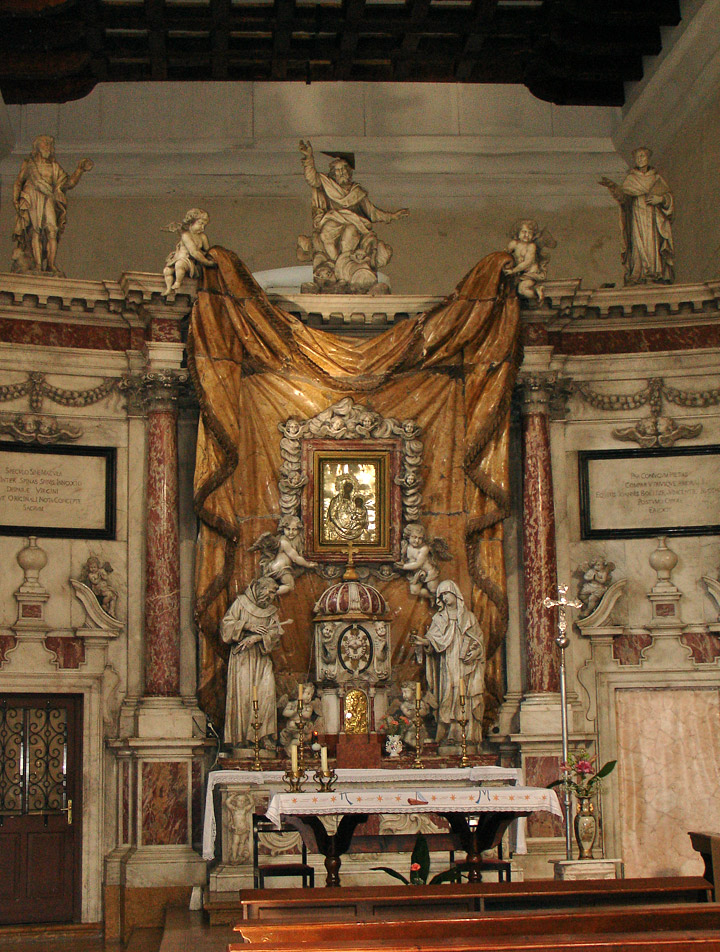

its interior
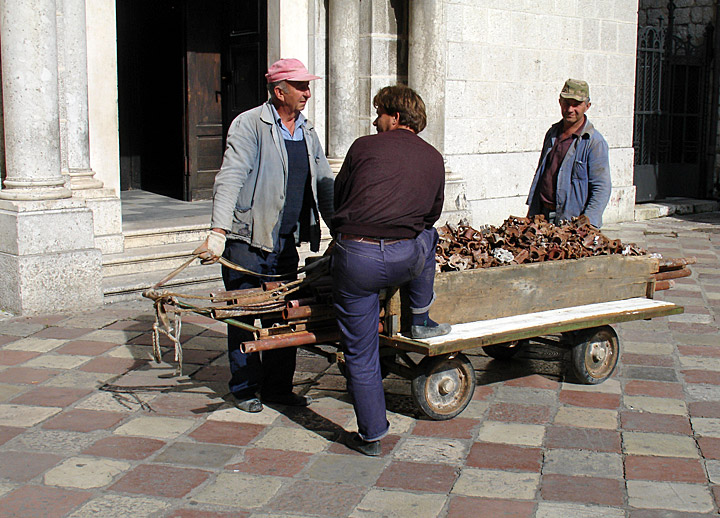
workers
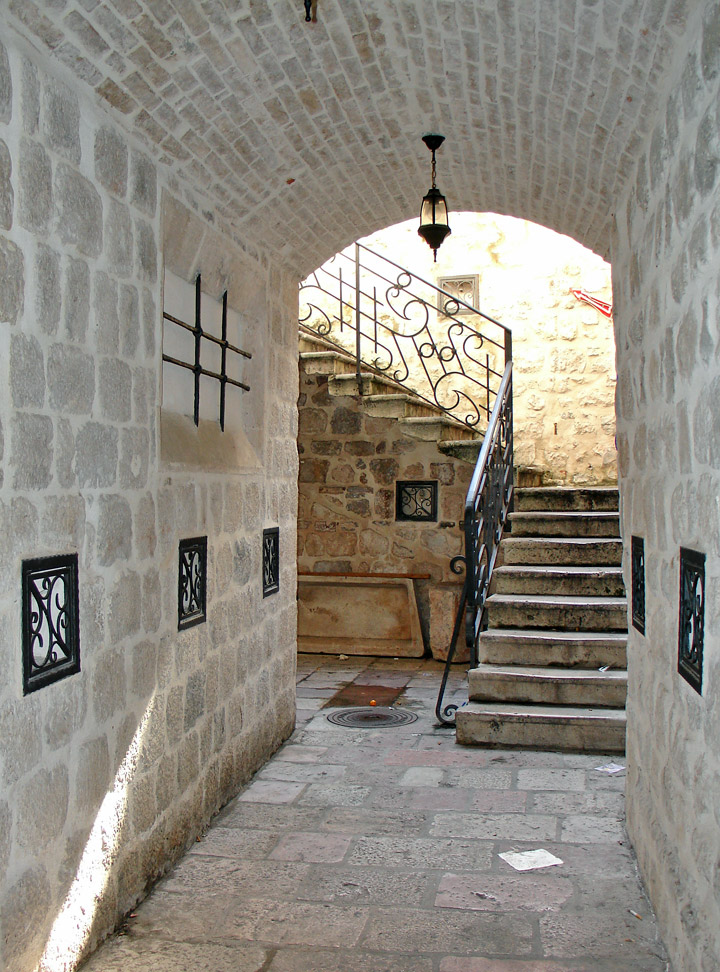
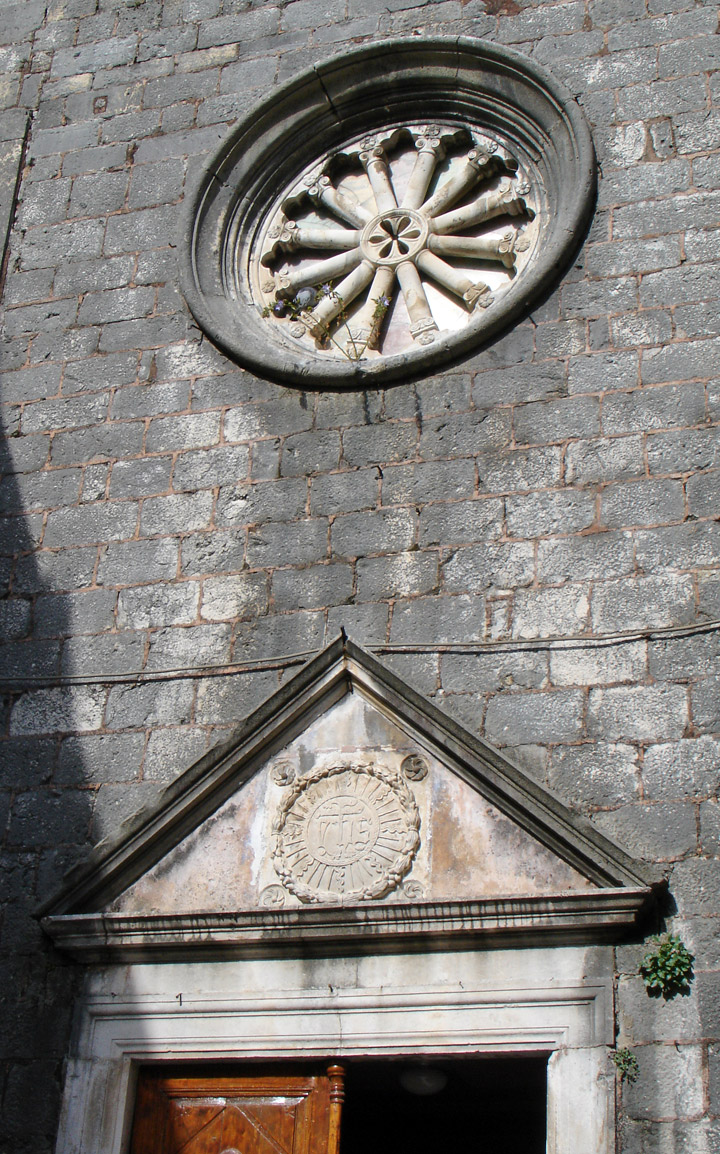
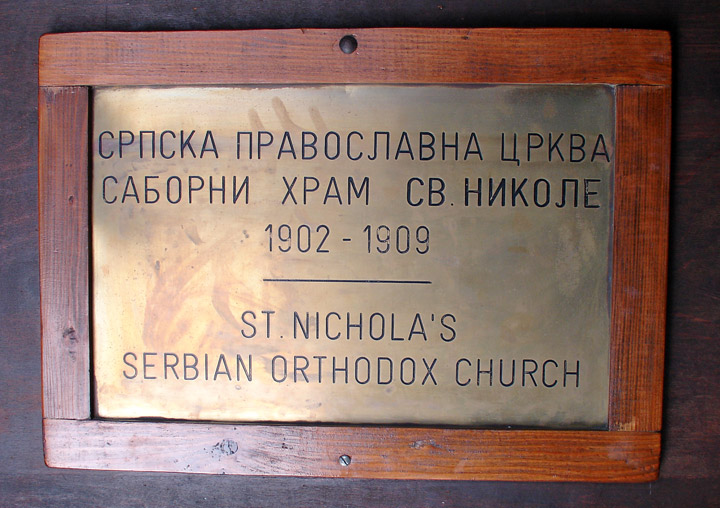
St. Nichola's Serbian Orthodox church
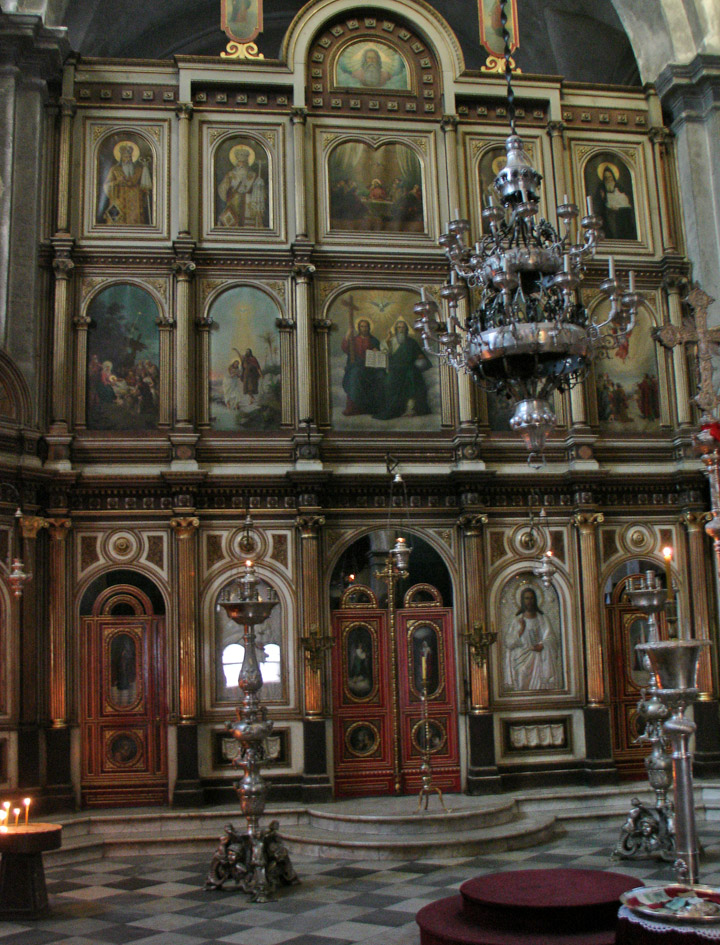
its interior
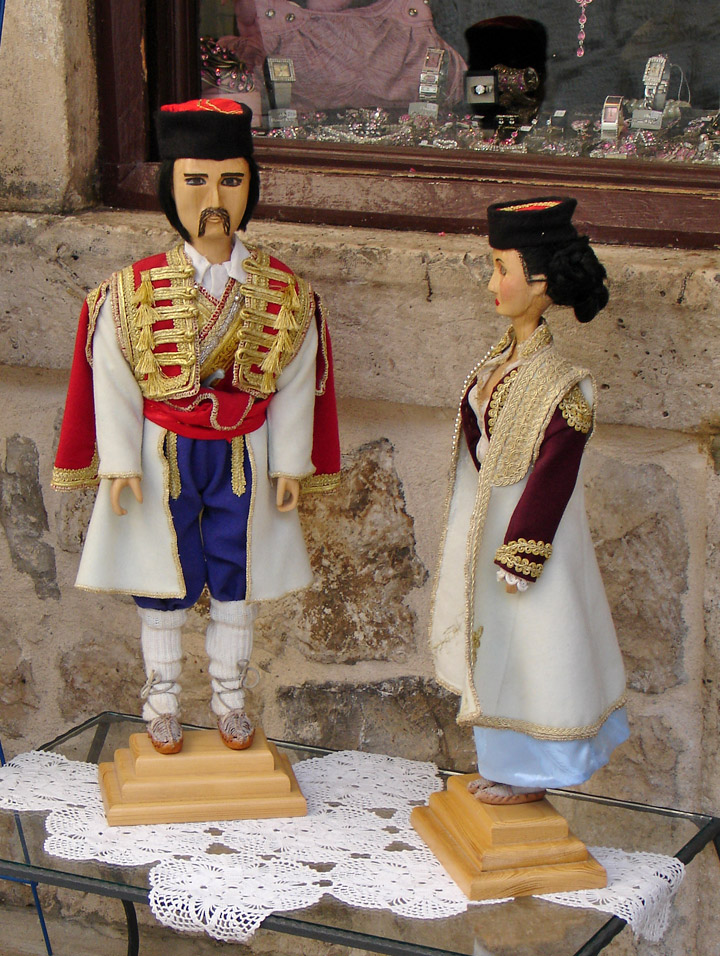
in Montenegrin costume
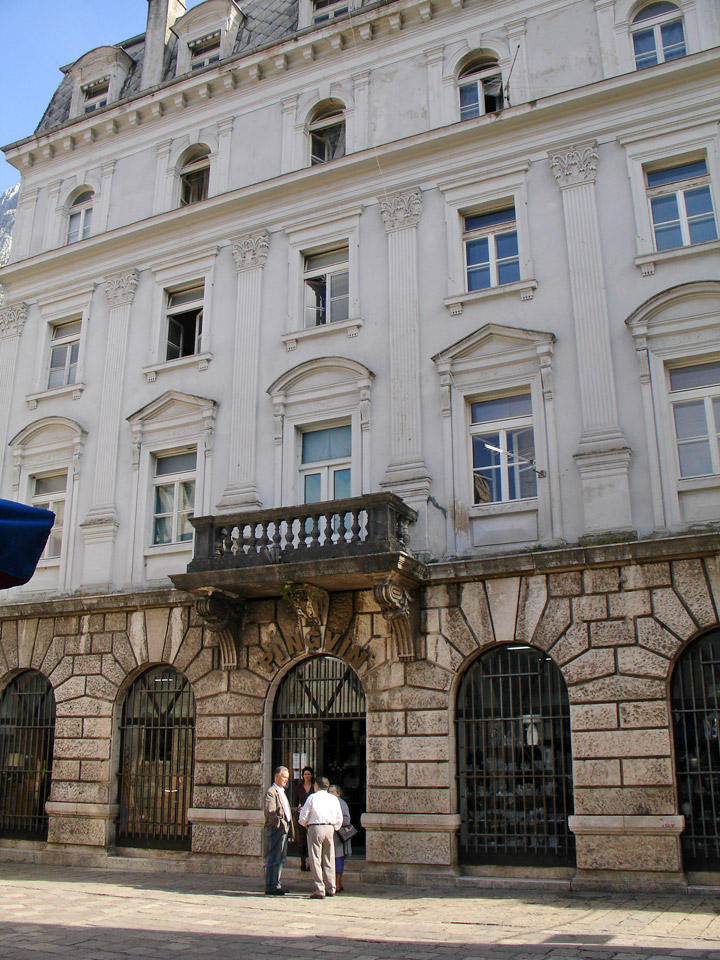
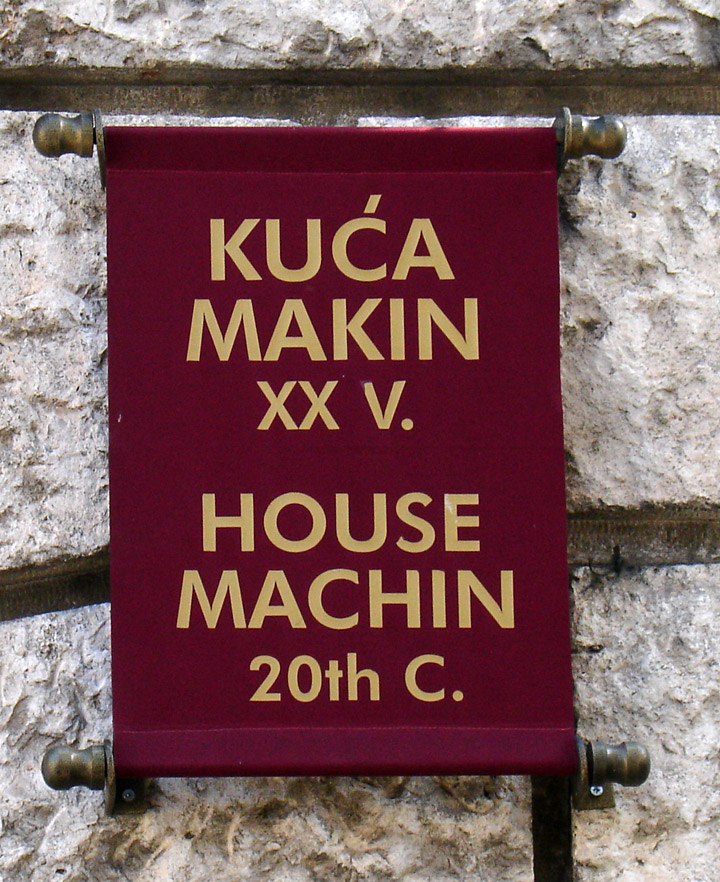
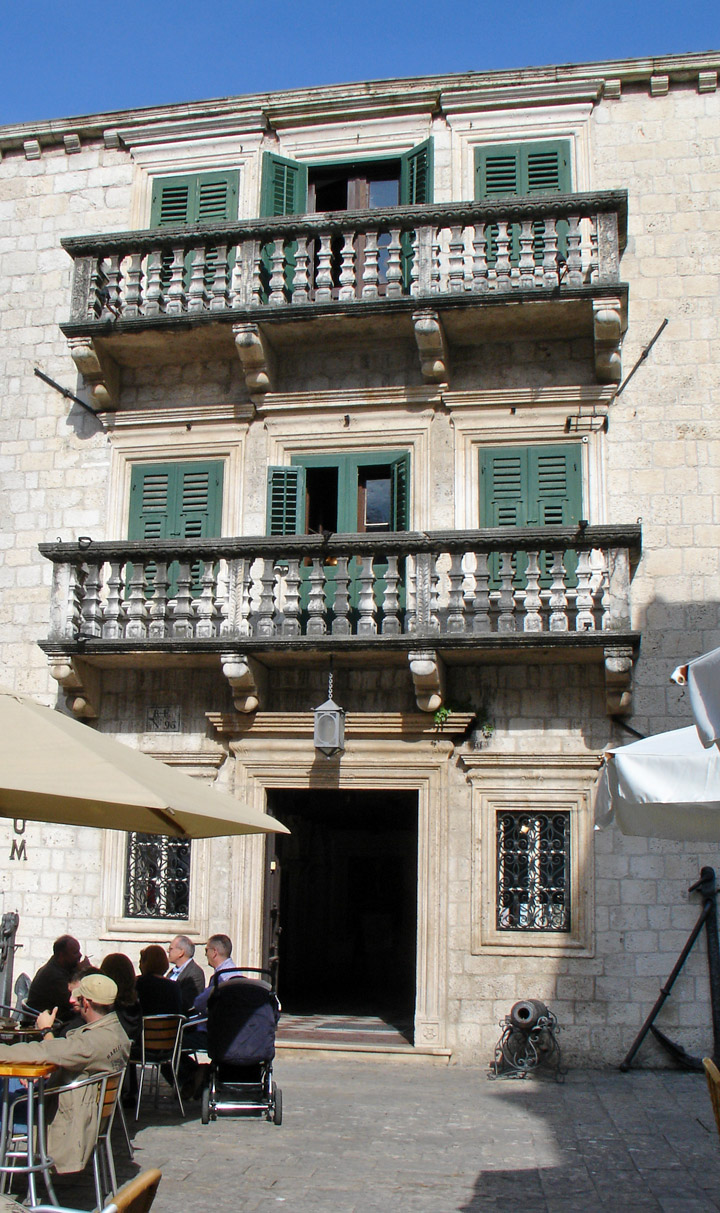

the Menu

garden outside the city walls
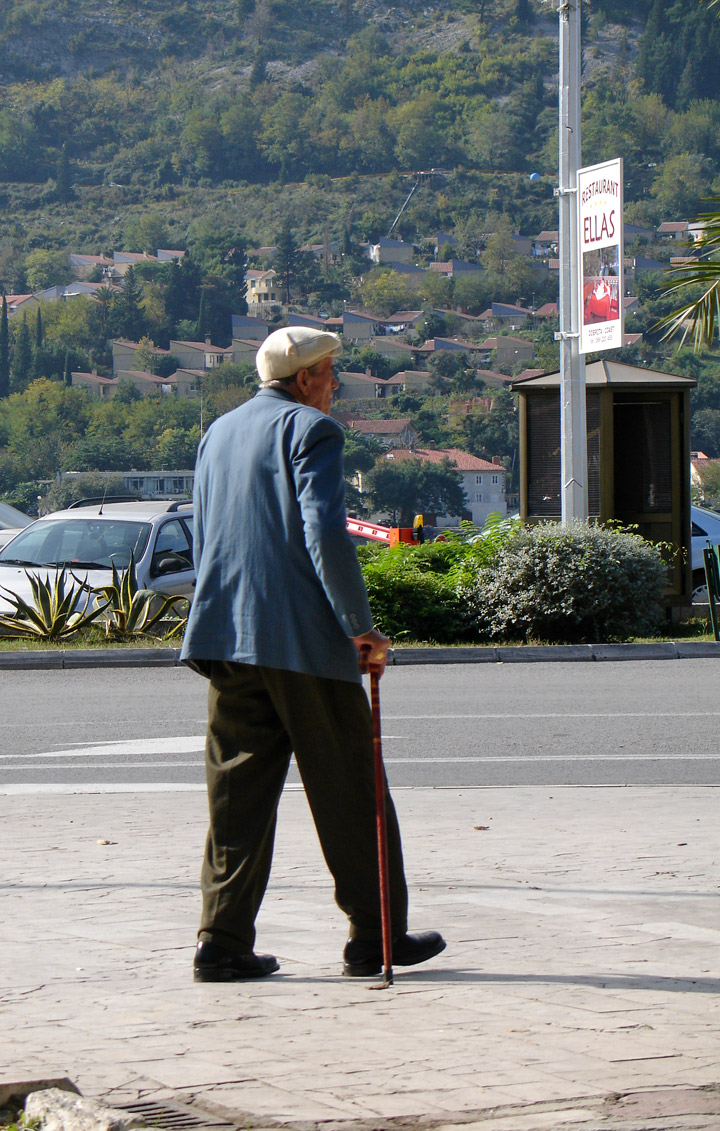
on his way home